The Ukrainian Museum, New York, is pleased to announce Peter Hujar: Rialto, opening on 2 May 2024. The exhibition will present 74 photographs taken by the Ukrainian- American artist between 1955 and 1969.
Peter Hujar (b. 1934, Trenton, New Jersey; d. 1987, New York) was a leading figure in the queer avant-garde counterculture, which flourished in downtown New York from throughout the ‘70s until 1980, and during the advent of AIDS.
 The focus of Peter Hujar: Rialto is the unveiling of three important bodies of work from the first fifteen years of his photographic career, many of which have never been seen, highlighted in depth for the very first time: Southbury (1957), Florence (1958), and the Capuchin Catacombs of Palermo (1963). The exhibition additionally will pay homage to the body of work for which he is best known, his black and white portraits of the thinkers, artists, dancers and drag performers of the bohemian Downtown scene he inhabited. This includes portraits of Iggy Pop, Janis Joplin and the ‘orgasmic man’ who became the cover star of Hanya Yanigihara’s A Little Life.
The focus of Peter Hujar: Rialto is the unveiling of three important bodies of work from the first fifteen years of his photographic career, many of which have never been seen, highlighted in depth for the very first time: Southbury (1957), Florence (1958), and the Capuchin Catacombs of Palermo (1963). The exhibition additionally will pay homage to the body of work for which he is best known, his black and white portraits of the thinkers, artists, dancers and drag performers of the bohemian Downtown scene he inhabited. This includes portraits of Iggy Pop, Janis Joplin and the ‘orgasmic man’ who became the cover star of Hanya Yanigihara’s A Little Life.
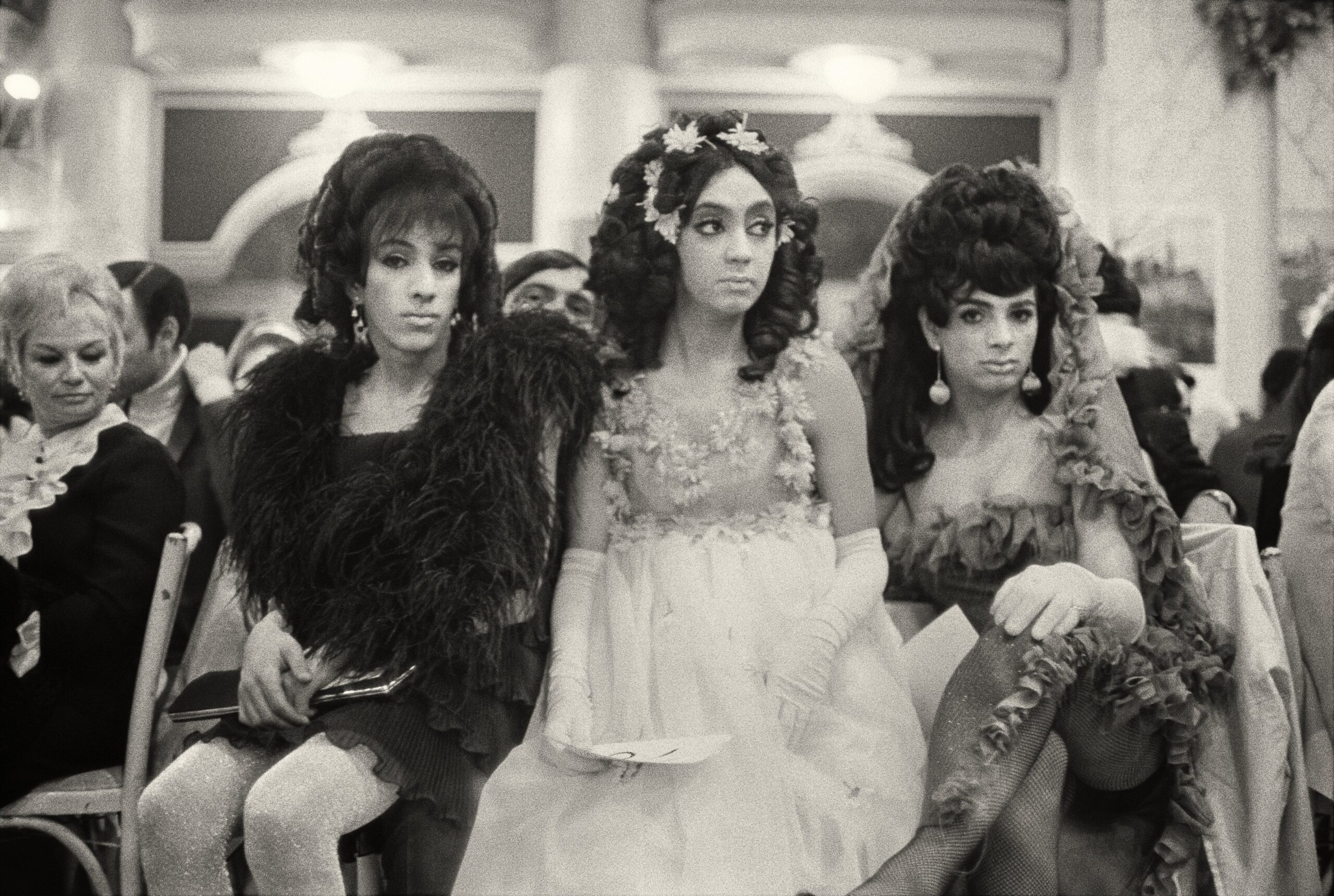
Born to an immigrant family, Hujar’s Ukrainian grandmother raised him exclusively in the Ukrainian language until he was 5 years old. Hujar’s difficult and unstable upbringing in a troubled household influenced his artistry and vision significantly, and he turned to photography, which would become his port in a storm. He would later plant his roots in the heart of New York City’s East Village, also known as the Ukrainian Village, where he would be enthralled by the world of performance art, music, theatre, and literature – subcultures with which his life and art would become synonymous. Learning from some of the greatest photographers in the industry, his training, paired with his identity and background, resulted in the powerfully disruptive and influential photographs that he created in the early years of his career.
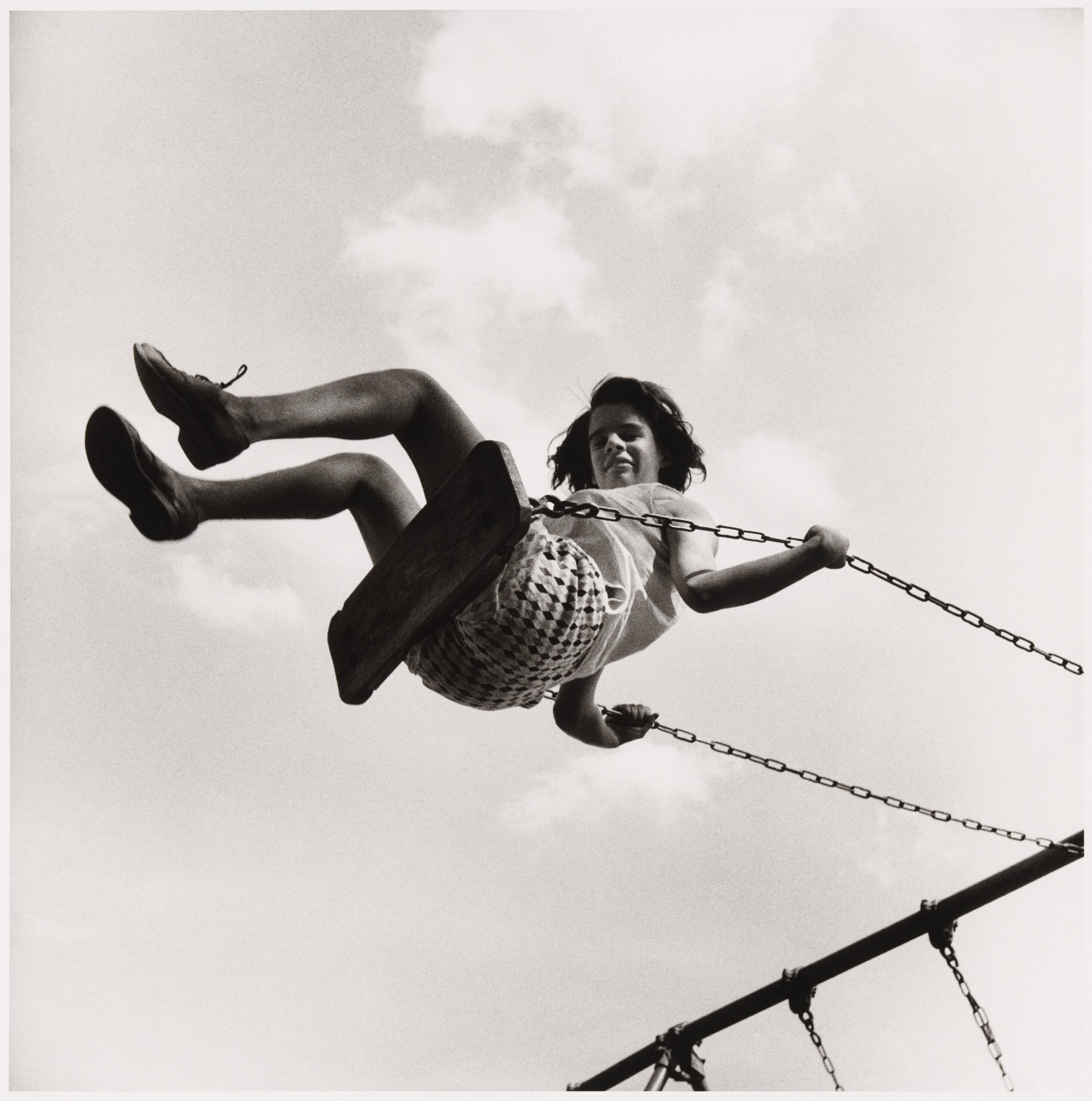
Southbury & Florence
Hujar’s photographs taken in Southbury (Connecticut) and Florence (Italy) depict children who were residents at schools for the developmentally disabled. The Southbury Training School still operates to this day. These series of works are tender and compassionate, embodying the sensitivity, psychological depth and compositional precision with which Hujar famously photographed his subjects. They are also the photographs that led to Hujar’s acceptance into the masterclass taught by photographer Richard Avedon and famed art director Marvin Israel in 1967. Hujar was an avid enthusiast of Avedon’s practice, an admiration that would eventually become mutual, with Avedon later acquiring an impressive collection of Hujar’s work.
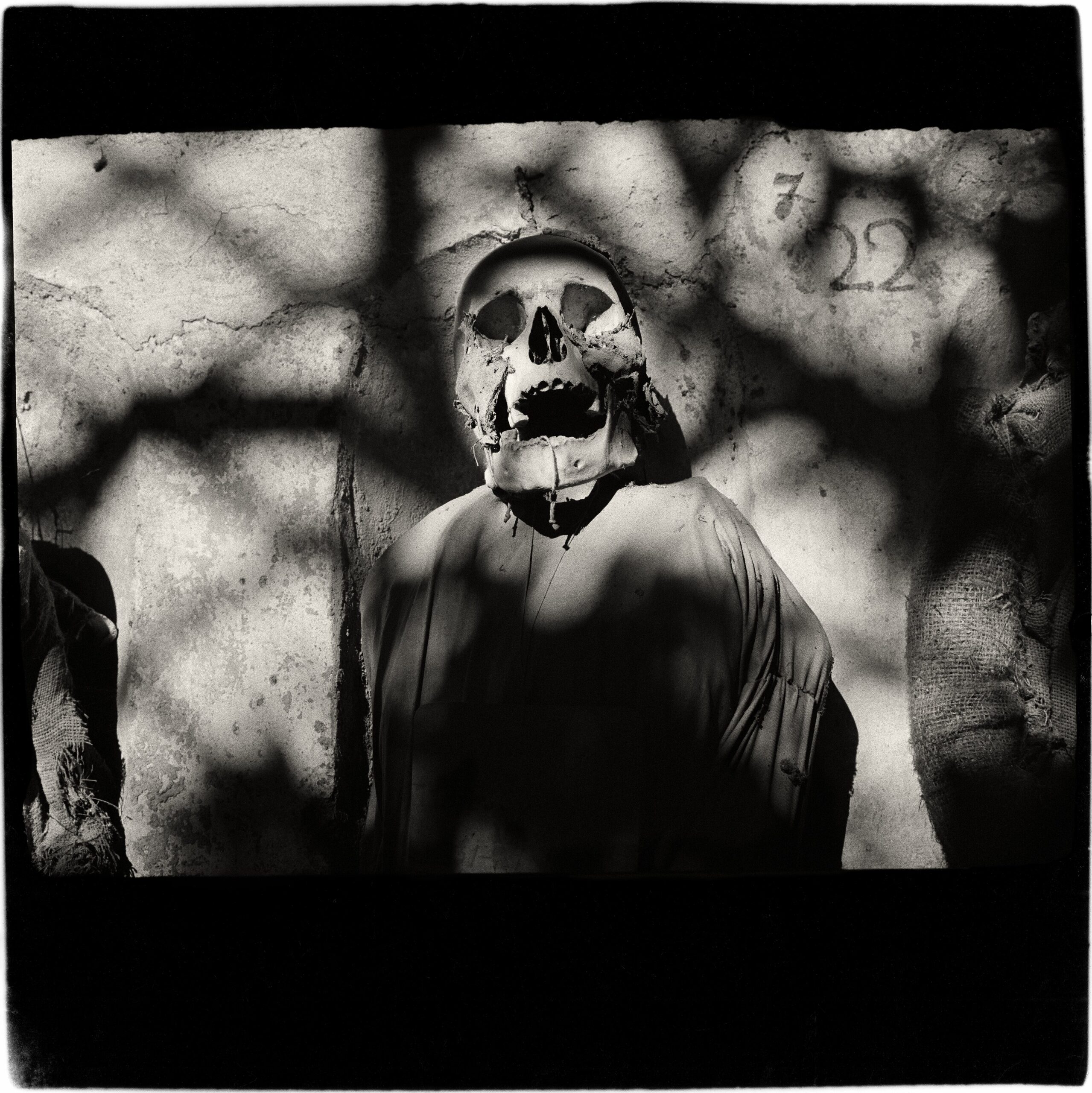
The Capuchin Catacombs
The Capuchin Catacombs series documents another of Hujar’s trips, this one to Sicily, where the exposed corpses in the Catacombs create a macabre spectacle that highlights some of the customs and traditions of Palermo society from the seventeenth to the nineteenth century. These arresting images become memento mori for the viewer. “Photography converts the whole world into a cemetery” as Susan Sontag wrote in the introduction to Hujar’s 1976 book Portraits of Life and Death. “Photographers, connoisseurs of beauty, are also – wittingly or unwittingly – the recording-angels of death.”
Paul Thek
Peter Hujar: Rialto features three intimate portraits of American sculptor, painter and installation artist Paul Thek (1993 – 1988) with whom Peter Hujar shared both a romantic relationship and intense artistic connection. Thek and Hujar met in 1956, with Thek later accompanying Hujar on his second trip to Italy, from which the photographs of bodies inside the catacombs of the Cappucini of Palermo were captured in 1963.
Simultaneously, The Peter Hujar Foundation, New York will present the first exhibition in Europe of Peter Hujar’s legendary Portraits in Life and Death, a collateral Event of the 60th Esposizione Internationale d’Arte Venice, 2024.
Peter Hujar: Rialto is a little-known prequel to his widely discussed and influential work as one of New York’s seminal photographers. The exhibition closes with a later work, Peter Hujar’s ‘Doves-The Circus’ (1973) – a poignant coda and a symbol of peace.
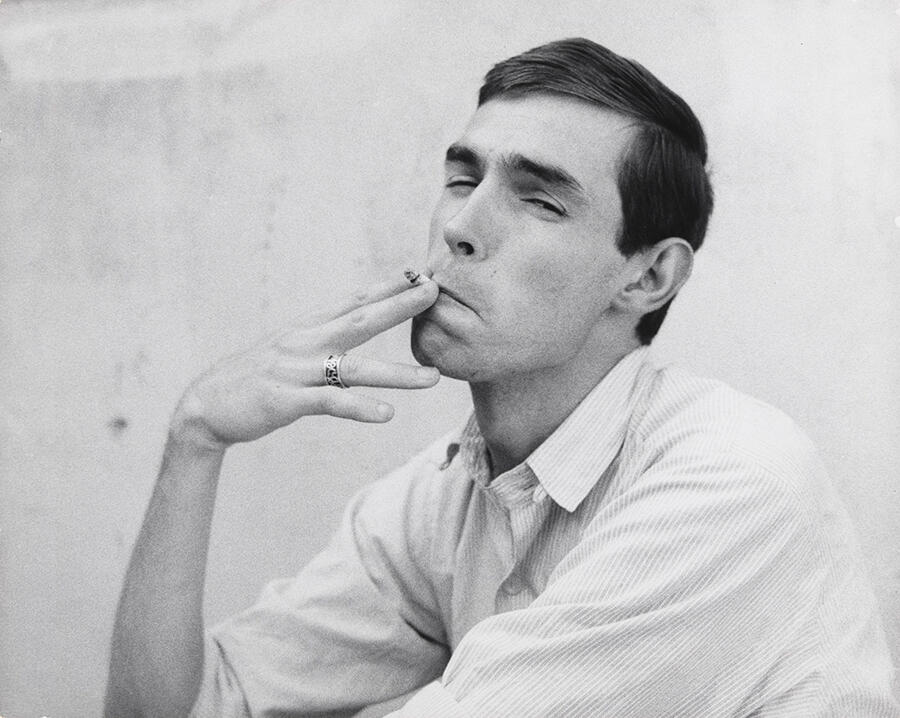
About Peter Hujar
Peter Hujar (b. 1934, Trenton, New Jersey; d. 1987, New York) was a Ukrainian-American artist at the forefront of the cultural scene in downtown New York in the 1970s and early 80s, and was enormously admired for his uncompromising attitude towards work and life. In his Ukrainian Village loft studio, near various iconic Ukrainian establishments such as the restaurant Veselka and the Ukrainian Museum, Peter Hujar focused on those who followed their creative instincts and dreamed about mainstream success. His studio in the former Louis N. Jaffe Art Theatre (now the Village East Cinema) was a meeting point (rialto) for the original and flamboyant. He was a consummate technician, and his portraits of people, animals, and landscapes, with their exquisite black-and-white tonalities, were extremely influential. Highly emotional yet stripped of excess, Hujar’s photographs are always beautiful, although rarely in a conventional way. His extraordinary first book, Portraits in Life and Death, with an introduction by Susan Sontag, was published in 1976.
About The Ukrainian Museum, New York:
Founded in 1976, The Ukrainian Museum’s purpose is to acquire, preserve, exhibit, and interpret articles of artistic or historic value related to Ukrainian life and culture; to promote all aspects of Ukrainian culture; and to educate the public about Ukraine and Ukrainian culture. Seated in the heart of Manhattan’s vibrant East Village, the Museum has served as a prime resource for those seeking a connection to the cultural heritage of Ukraine for 47 years. As Russia continues its full-scale invasion of Ukraine, we aspire to not only represent Ukraine, but to also decolonize Ukrainian culture, continue speaking on the war, and raise awareness on the impact that Ukrainians from the diaspora have had in the arts, and indeed the world. Throughout the last year, the Museum has curated major exhibitions, accompanied by fully researched, illustrated catalogues, that discuss Russia’s war against Ukraine, represent Ukraine’s folk traditions, and display both largely known and largely unknown Ukrainian artists, such as Janet Sobel, Nikifor, Lesia Khomenko, Maria Prymachenko, Yelena Yemchuk and more. We are also committed to educational programming that includes guided tours, courses, and workshops for adults and children. Community-oriented events such as lectures, symposia, concerts, and films have also been part of the Museum‘s programming, such as our newly-implemented Decolonization series, which will continue into next year.

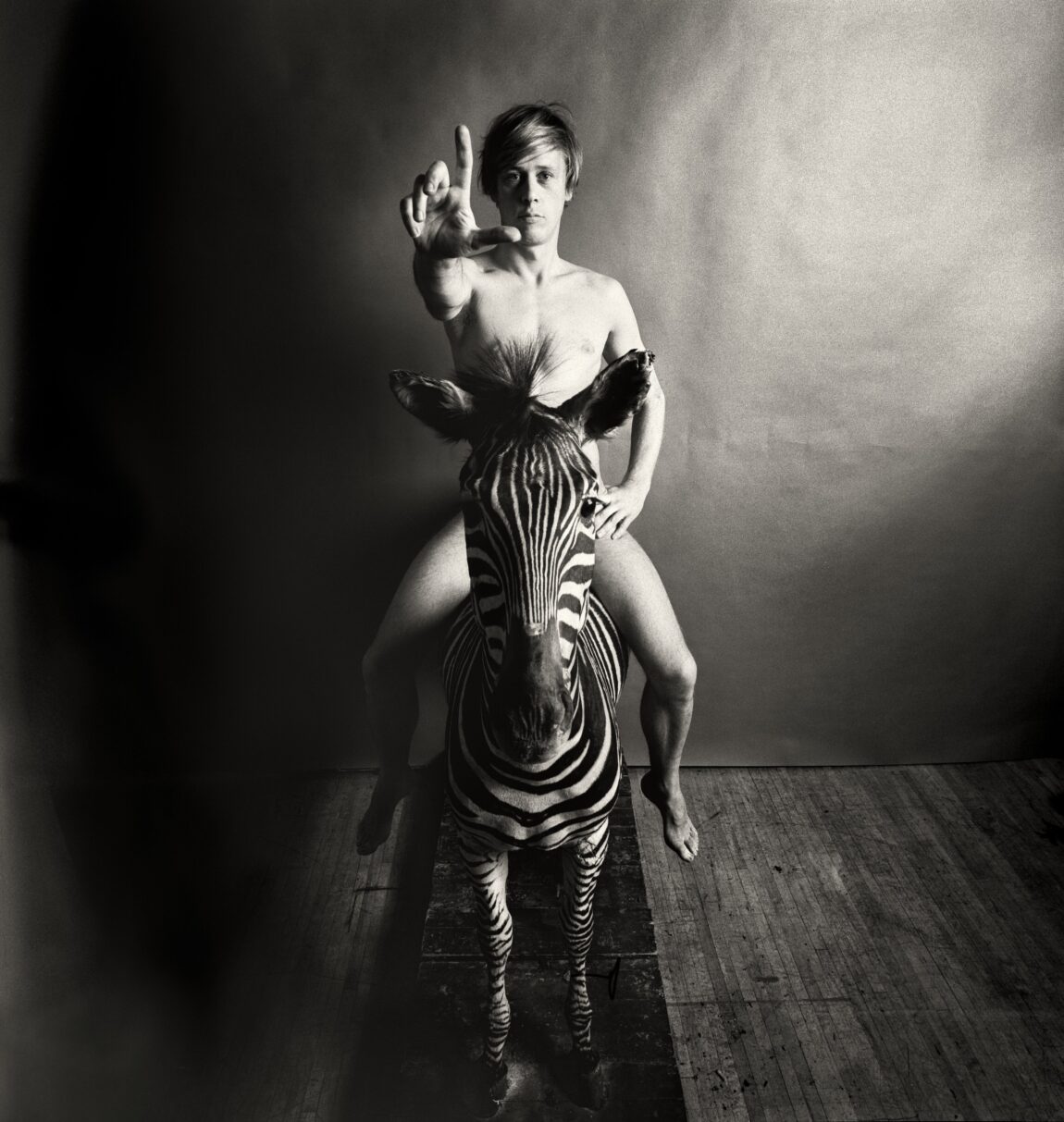



Comments are off this post!